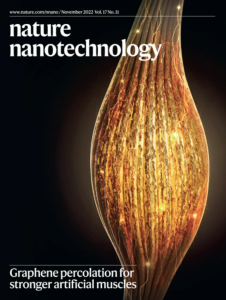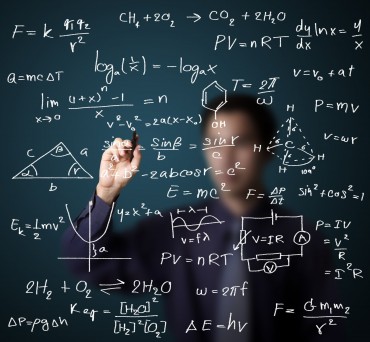SEOUL, Jan. 5 (Korea Bizwire) – The Korea Advanced Institute of Science and Technology (KAIST) has announced that artificial muscle technology developed by a research team led by professor Kim Sang-ouk of the Department of New Material Engineering has been recognized as one of the “Top 10 Promising Technologies of 2023” by the International Union of Pure and Applied Chemistry (IUPAC).
Established in 1919, IUPAC is the world’s largest organization in the field of chemical materials. Every year since 2019, it has selected technologies that offer solutions to the multifaceted crises faced by humanity.
This year’s selection includes, in addition to the Hercules artificial muscle, technologies such as biologically recyclable PET plastics and CO2 removal from seawater.
Kim’s team developed the artificial muscle by combining graphene materials with liquid crystal fibers, resulting in a composite material. This artificial muscle is capable of reversible muscle movements and possesses properties surpassing human muscle. The research findings were published as a cover article in the journal “Nature Nanotechnology.”
The Hercules artificial muscle has also been recognized domestically, being selected as one of the “Top 10 Nanotechnologies of 2023” by the Ministry of Science and ICT and the Korea Nanotechnology Research Society. KAIST stated that “this selection recognizes the importance of science and technology for the sustainability of society.”
Currently serving as the director of the Human Rights and Ethics Center and the KAIST Institute for NanoCentury, Kim received his Ph.D. from KAIST in 2000. He is widely recognized for his various research and academic activities both domestically and internationally.
The Hercules artificial muscle technology is expected to contribute to various fields, including wearable physical assistive devices and soft robotics.
Ashley Song (ashley@koreabizwire.com)







